Verzending 24–48 u • Levering in de hele EU • Veilige chemieverpakking
Thulium nitrate hydrate 99.9% 10 g
SKU 007503-2
€ 417,28
In stock
1
Save this product for later
Thulium nitrate hydrate 99.9% 10 g
Product Details
CAS number: 36548-87-5
Chemical formulas: Tm(NO3)3 . xH2O/ F.W. 354.95
Cation: Tm
Packaging: 10 g
EAN: 8721028255006
Brand: Laboratoriumdiscounter
Thulium nitrate hydrate is a rare and highly sought-after compound used in various industrial applications. With its unique properties, this compound offers exceptional performance in catalysts, chemical synthesis, and optical materials. Discover the potential of thulium nitrate hydrate for your specific needs and unlock new possibilities in your industry.
When working with Thulium nitrate hydrate, it is important to follow proper safety precautions to ensure your well-being. Here are some short safety instructions to keep in mind: 1. Personal Protective Equipment (PPE): Always wear appropriate PPE, including gloves, safety goggles, and a lab coat or protective clothing. This will protect your skin, eyes, and clothing from potential contact with the chemical. 2. Ventilation: Work in a well-ventilated area or use a fume hood to prevent the inhalation of any fumes or vapors that may be released during handling or preparation. 3. Handling: Handle Thulium nitrate hydrate with care, avoiding any spills or splashes. Use proper lab techniques and equipment, such as pipettes or spatulas, to minimize the risk of exposure. 4. Storage: Store Thulium nitrate hydrate in a tightly sealed container in a cool, dry place away from incompatible substances. Follow any specific storage instructions provided by the manufacturer. 5. Fire Safety: Thulium nitrate hydrate is not flammable, but it may emit toxic fumes when exposed to high temperatures. Keep it away from open flames or sources of ignition. 6. First Aid: In case of accidental contact with Thulium nitrate hydrate, immediately rinse the affected area with plenty of water. If swallowed or inhaled, seek medical attention immediately and provide the medical professional with the necessary information about the chemical. 7. Emergency Procedures: Familiarize yourself with the emergency procedures in your workplace, including the location of safety showers, eyewash stations, fire extinguishers, and emergency exits. 8. Disposal: Dispose of Thulium nitrate hydrate according to local regulations and guidelines. Do not pour it down the drain or dispose of it with regular waste. Remember, these are general safety instructions, and it is essential to consult the specific safety data sheet (SDS) and follow any additional precautions provided by the manufacturer or your organization.
Please note, not all safety data for this product is available on our website, for a complete list of P en H sentences and other safety instructions please request the MSDS at our customer service
You May Also Like
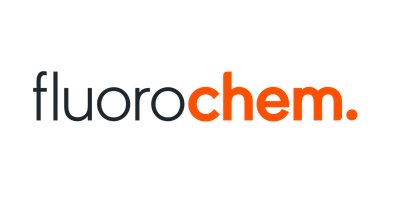
Ethane-1,2-diyldiphosphonic acid, 98%, 25g
Ethane-1,2-diyldiphosphonic acid, 98%, 25g
SKU F760017-25G
€ 1 457,50
![3-Phenylpyrazolo[1,5-a]pyrimidine, 97.0%, 100mg 3-Phenylpyrazolo[1,5-a]pyrimidine, 97.0%, 100mg](https://d2j6dbq0eux0bg.cloudfront.net/images/88473019/4861033195.png)
3-Phenylpyrazolo[1,5-a]pyrimidine, 97.0%, 100mg
3-Phenylpyrazolo[1,5-a]pyrimidine, 97.0%, 100mg
SKU F511554-100MG
€ 194,70
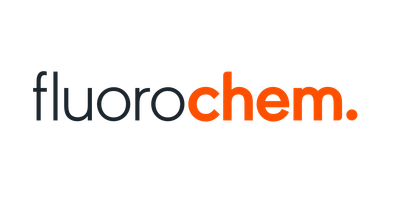
2-Bromo-5-(2,2,2-trifluoroethoxy)pyrazine, 250mg
2-Bromo-5-(2,2,2-trifluoroethoxy)pyrazine, 250mg
SKU F476385-250MG
€ 58,30
Display prices in:EUR
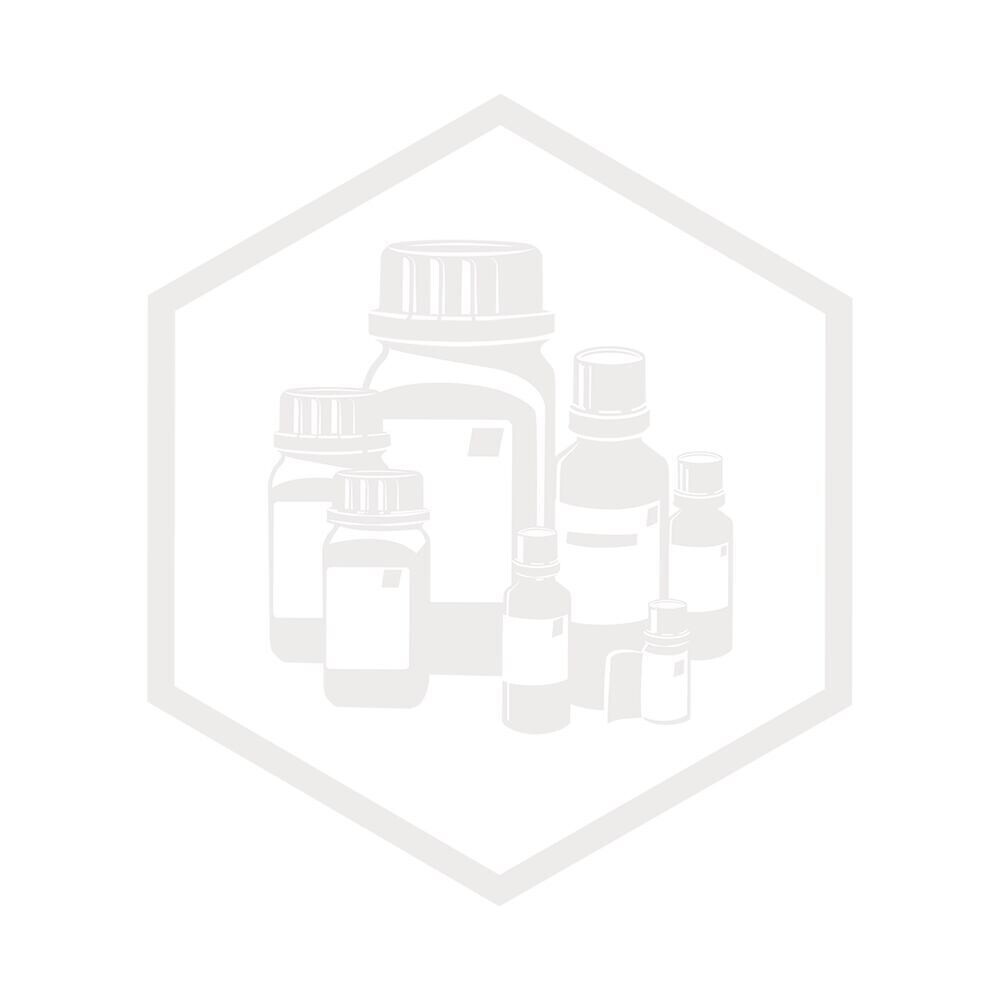
![8-Bromo-1-(4-methoxybenzyl)-3-methyl-1H-imidazo[4,5-c]quinolin-2(3H)-one, 97.0%, 250mg 8-Bromo-1-(4-methoxybenzyl)-3-methyl-1H-imidazo[4,5-c]quinolin-2(3H)-one, 97.0%, 250mg](https://d2j6dbq0eux0bg.cloudfront.net/images/88473019/4782633007.png)

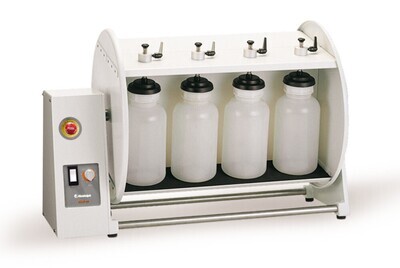
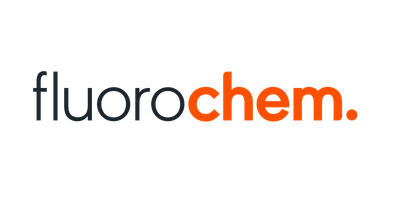
![4-Hydroxy-4-[5-(pyrimidin-2-yl)pyridin-2-yl]cyclohexan-1-one, 98%, 250mg 4-Hydroxy-4-[5-(pyrimidin-2-yl)pyridin-2-yl]cyclohexan-1-one, 98%, 250mg](https://d2j6dbq0eux0bg.cloudfront.net/images/88473019/4863367478.png)
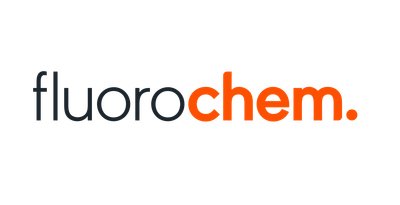
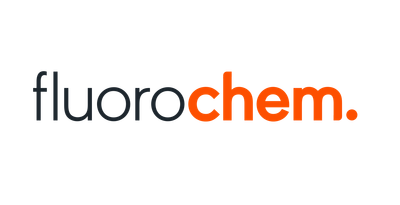
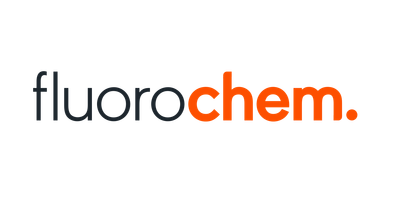
![N-(4-Fluorophenethyl)-4-(4-methyl-7-oxo-2-(p-tolyl)-2H-pyrazolo[3,4-d]pyridazin-6(7H)-yl)butanamide, 98.0%, 100mg N-(4-Fluorophenethyl)-4-(4-methyl-7-oxo-2-(p-tolyl)-2H-pyrazolo[3,4-d]pyridazin-6(7H)-yl)butanamide, 98.0%, 100mg](https://d2j6dbq0eux0bg.cloudfront.net/images/88473019/4780607307.png)
